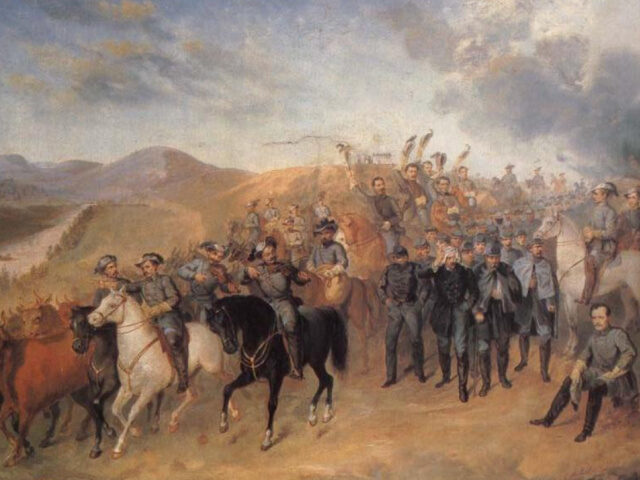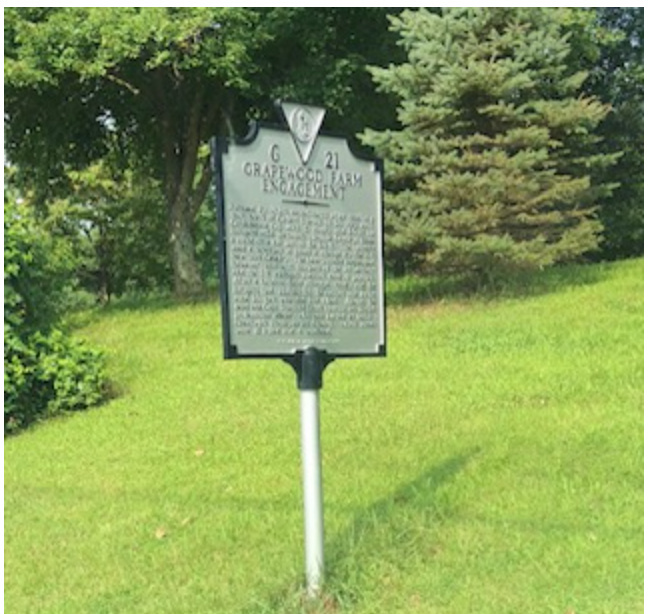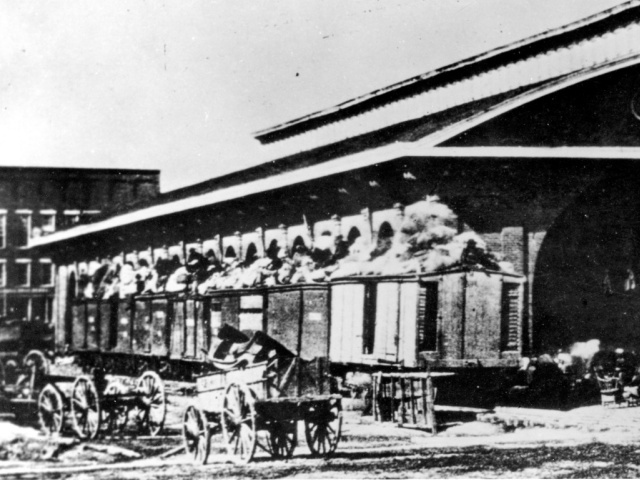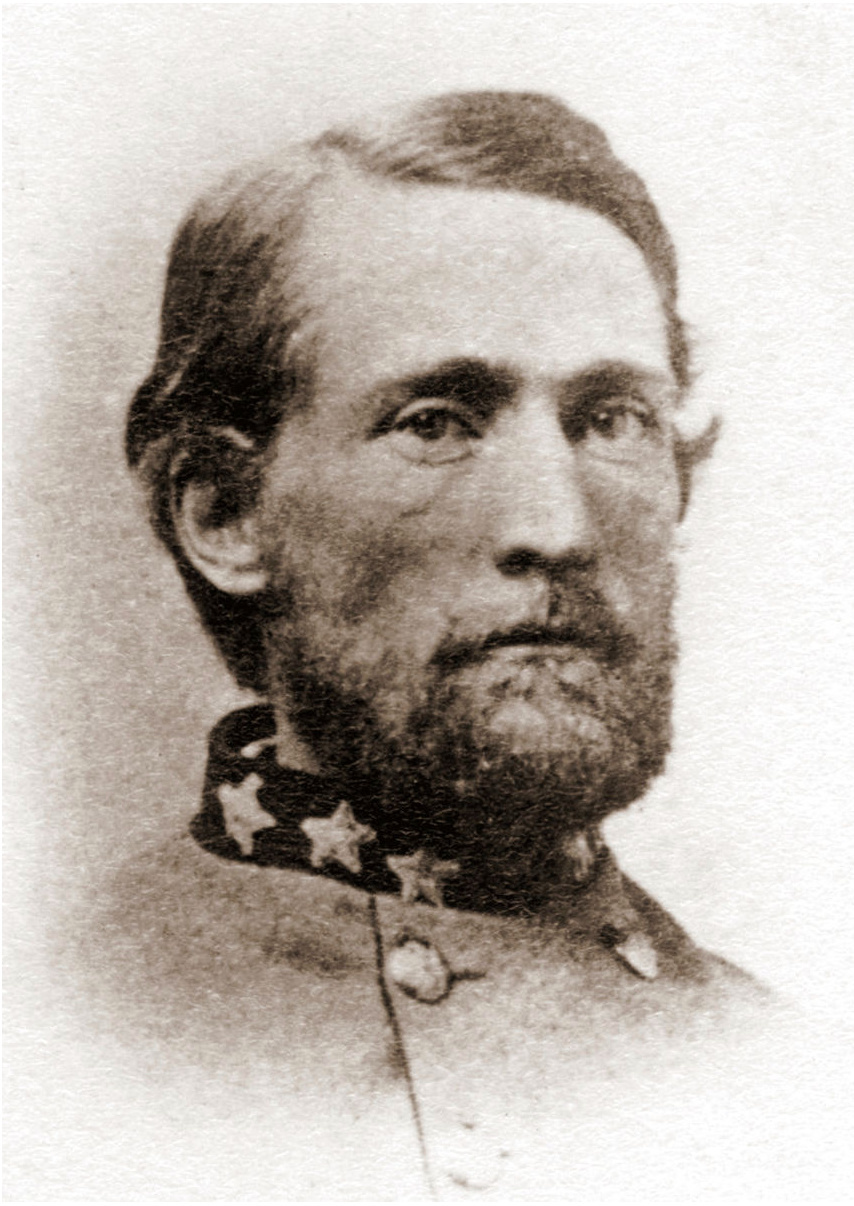Each of my thirteen books has found me. The spark for my latest bestseller ignited when I stumbled across a roadside sign in Northern Virginia marking John Singleton Mosby’s Grapewood Farm engagement. After driving by several times, my curiosity propelled me to start asking questions and making connections.
The remarkable story I uncovered is told in my new bestselling book, The Unvanquished: The Untold Story of Lincoln’s Special Forces, the Manhunt for Mosby’s Rangers, and the Shadow War That Forged America’s Special Operations. The book reveals the drama of irregular guerrilla warfare that altered the course of the Civil War, including the story of Lincoln’s special forces who donned Confederate gray to hunt Mosby and his Confederate Rangers from 1863 to the war’s end at Appomattox—a previously untold story that inspired the creation of U.S. modern special operations in World War II as well as the story of the Confederate Secret Service. The book gives a ground-breaking fresh perspective on the Civil War.
The New Yorkers, bolstered by the Vermonters, now one hundred strong, charged up the country road again. At point-blank range, about fifty yards, the cannon belched more of its deadly iron, slaying and wounding more men. As the Federals reeled, Mosby ordered a charge, and the Rangers drove the Yankees down to the base of the hill.
The Yankees finally broke through, and the ground around Chapman’s cannon deteriorated into a fierce hand-to-hand struggle where many Union and Confederate forces both fell. Fighting preacher Sam Chapman stood by his gun until he exhausted his ammunition and was critically wounded by a bullet.
His Union captor threatened, “I’m going to finish you.”
“Why? I am your prisoner now,” the Ranger responded.
“Yes; but you shot me here in the shoulder.”
“Well, I suppose I had a right to, as we had not ceased firing then,”13 argued Chapman.
The troopers carried Chapman and Captain Hoskins to Grapewood14 and later to The Lawn, a mansion owned by a fellow Englishman, Charles Green, in Greenwich. At The Lawn, Hoskins, in great pain from his wounds, called on Chapman, and the two men “tried to cheer each other up.”15 The next day, the British officer died before Chapman’s eyes, and Green buried his body in the nearby church cemetery—his grave can be visited.
Mosby barely avoided capture. Then rode to James Hathaway’s house—one of his many safehouses—and the waiting arms of his wife, Pauline. Since the partisans did not endure the same camp life and outdoors as regular soldiers, the men often boarded in mansions and plantations in Fauquier and Loudoun Counties, where many of them had family. But for Mosby on the night of June 8, 1863, the respite was short. A detachment of the 1st New York Cavalry attacked Hathaway’s stately red-brick home and stormed into the bedroom to find an indignant and tight-lipped Mrs. Mosby under the bedsheets. The wily guerrilla leader had slipped out the second-story bedroom window onto the large branches of a black walnut tree. Hugging the tree, he hid from the patrol, which looked everywhere but up the tree.2 Carting off Hathaway, the Yankees left the area—one of the countless close calls the partisan leader survived unscathed.
Patrick K. O’Donnell is a bestselling, critically-acclaimed military historian and an expert on elite units. He is the author of thirteen books, including his new bestselling book on the Civil War The Unvanquished: The Untold Story of Lincoln’s Special Forces, the Manhunt for Mosby’s Rangers, and the Shadow War That Forged America’s Special Operations, currently in the front display of Barnes and Noble stores nationwide. His other bestsellers include: The Indispensables, The Unknowns, and Washington’s Immortals. O’Donnell served as a combat historian in a Marine rifle platoon during the Battle of Fallujah and often speaks on espionage, special operations, and counterinsurgency. He has provided historical consulting for DreamWorks’ award-winning miniseries Band of Brothers and documentaries produced by the BBC, the History Channel, and Discovery. PatrickKODonnell.com @combathistorian
-
Latin for “the joys of battle,” an expression reportedly employed by Attila when addressing his troops before the 451 CE Battle of Châlons.
-
The home and the 250-year-old tree still stand on the historic site.
-
Mosby, Memoirs, 142.
-
Munson, Reminiscences of a Mosby Guerrilla, 68.
-
Mosby, 142–143.
-
Mosby, Memoirs, 144.
-
Williamson, Mosby’s Rangers, 64–65.
-
Chapman, “Memories of Mosby’s Men: The Capture of Railroad Train.” Also see Mewborn, From Mosby’s Command, 97.
-
Chapman, “Memories of Mosby’s Men: The Capture of Railroad Train.” Also see Mewborn, From Mosby’s Command, 97.
-
Scott, Partisan Life, 67.
-
National Register of Historic Places, OMB No. 1024-0018, Auburn Battlefield Fauquier County, Virginia, 12.
-
Mosby, Memoirs, 149.
-
O’Neill, Chasing Jeb Stuart, 199.
-
Major Barker’s letter 5th NYC, in Munson, Reminiscences of a Guerrilla, 71–72.
-
Chapman, “Memories of Mosby’s Men: The Capture of Railroad Train.” Also see Mewborn, From Mosby’s Command, 98.
-
Grapewood still stands today along with a nearby decades-old, weather-beaten Virginia sign that memorializes the skirmish. After I drove by the sign multiple times and finally stopped to examine the story, this tiny thread became the inspiration for The Unvanquished. Much of Mosby’s Confederacy remains untouched, as it was during the Civil War, making it ideal for driving tours.
-
Chapman, “Memories of Mosby’s Men: The Capture of Railroad Train.” Also see Mewborn, From Mosby’s Command, 98.




COMMENTS
Please let us know if you're having issues with commenting.